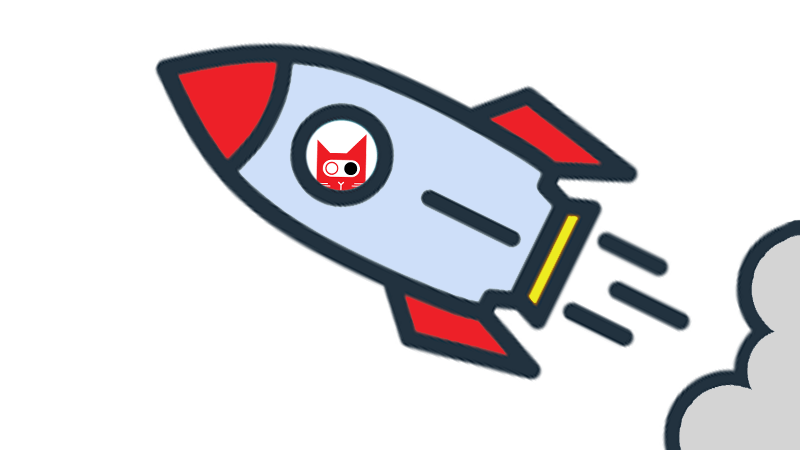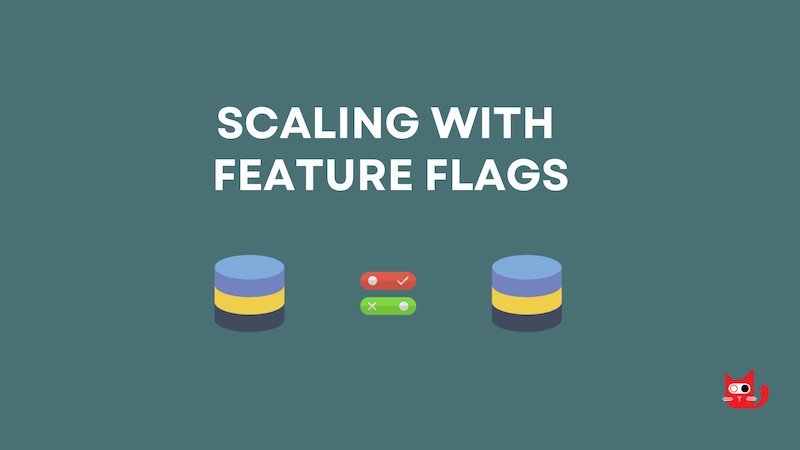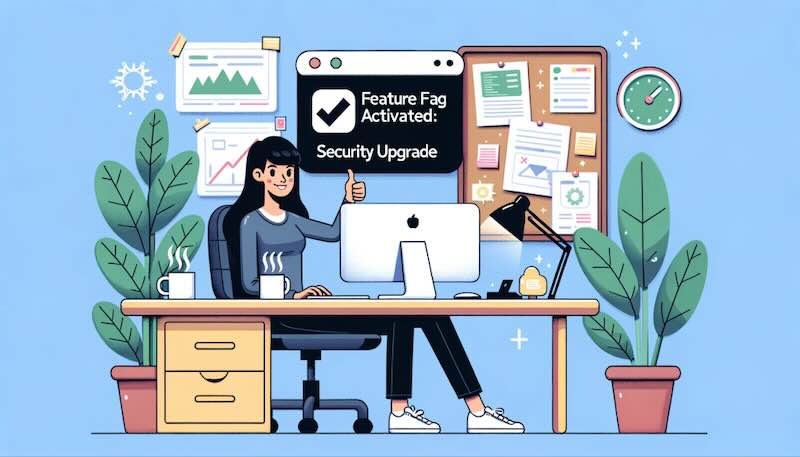The conversation about ethics in technology has become increasingly vital as software continues to advance and intertwines deeply with our daily lives. Among the various pivotal tools at a developer's disposal, feature flags stand out due to their profound impact on user experience and business outcomes. They allow for the selective enabling and disabling of features without deploying new code, fundamentally transforming how features are rolled out, tested, and managed. This flexibility is revolutionary, facilitating dynamic changes to the software environment that can be tailored to diverse user groups and providing a robust platform for experimentation.














